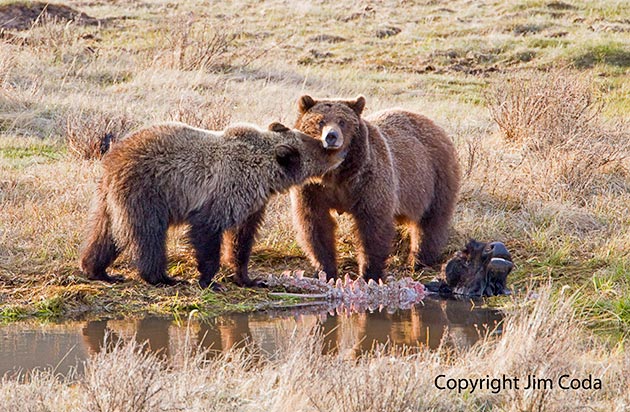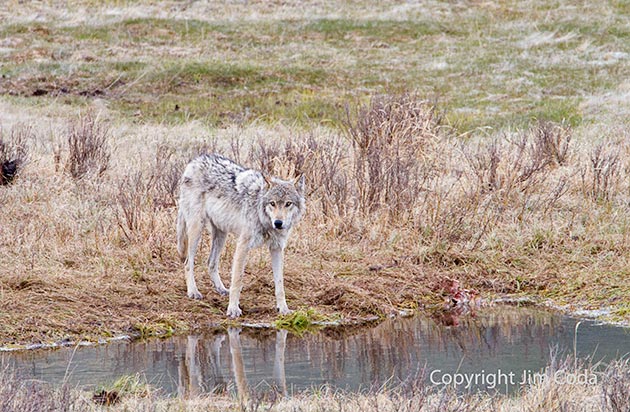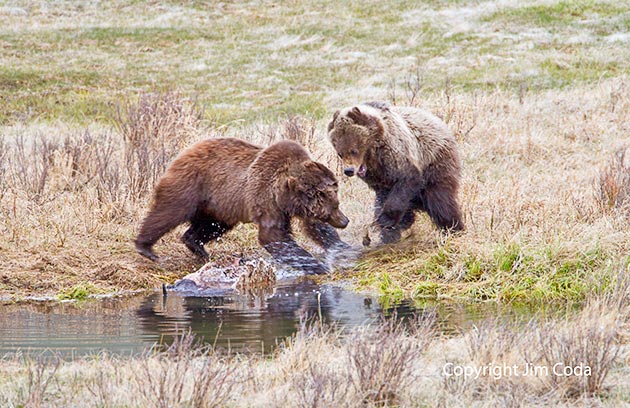Sandhill Crane near Blacktail Pond, Yellowstone National Park

When people think of the wildlife in Yellowstone they think of wolves, bears, especially grizzlies, and elk. But there are lots of other critters. You can probably think of many others, but you may not put the sandhill crane on your list. Yet there are quite a few to be seen there. This crane was with a couple of others near Blacktail Pond. One other large bird I’m used to seeing here is the trumpeter swan. However, I haven’t seen any this trip and don’t recall if I saw any in my other recent trips.







